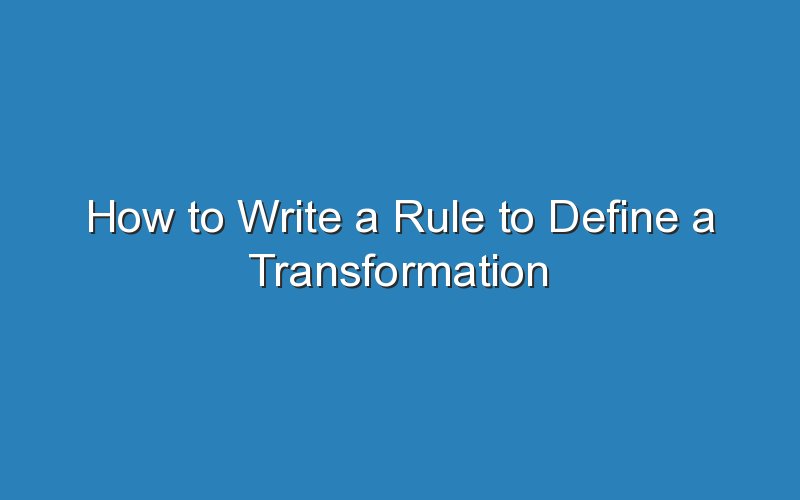Let’s look at some examples of the transformation of a function. First, we’ll describe how we can mirror a graph. This means flipping the x-values around the x-axis. Next, we’ll look at how we can mirror the graph in the y-axis. In both cases, we’ll need a rule to describe each transformation. Here, we’ll show how to use the cube.
Given a set of figures, you need to find their coordinates. Once you’ve got the vertices of the figure, you can write a rule that describes how these figures are transformed. It doesn’t take a mathematician to find the vertices of a figure and then apply the transformation. If you’re interested in creating 3D graphics, this can be a useful project.
You can also find the coordinates of vertices of a figure. This is very useful if you want to draw 3D graphics. Once you have a set, you can write a rule that describes each transformation. You should also include a formula that describes each transformation. It’s easier to understand if you can use an example to get started. If you don’t know much about programming, just go ahead and try it out! You’ll probably find something useful that works!
Then, think of what you need to do to determine the vertices of a figure. For example, you can find the coordinates of a given figure. Then, you’ll need to calculate the angle and radius of the vertices. Once you’ve derived the angles of the vertices, you’ll need to write a rule to describe each transformation.
Once you’ve written a rule, you’ll need to find the coordinates of each vertice. If the vertices of a figure are given, you’ll need to find the corresponding coordinates of the vertices of the figure. This will give you a list of vertices. Then, you’ll need to compute the equilateral triangle.
For each figure, you need to find the coordinates of the vertices. Once you’ve found the coordinates of the vertices, you need to find the vertices of the figures. For each figure, you need to find the vertice’s corresponding vertex. Once you’ve found these values, you need to write a rule to describe each transformation. After that, you’ll be able to perform a number of operations, including those described below.
Once you have your figure, you can write a rule to describe it. You need to determine the coordinates of the vertices of the figures. This will help you to transform the figures. In other words, you can define each transformation using its coordinates. This will allow you to create a table. This way, you can determine a table and use it to transform different figures. If the table has a table, you can simply type in a table.
After writing a rule, you can find coordinates for the vertices of a figure. In this way, you can calculate the vertices of a figure by looking at its coordinates. Then, you can transform the vertices of a figure to find the corresponding vertices. Once you’ve done this, you’ll see the resulting table.
Once you’ve defined each transformation, you need to write the coordinates for each figure. Then, you need to find the vertices of the figures. You should also be able to find the coordinates of the vertices. If you know these coordinates, you can also solve the problem of the given figures. You can write a rule for each transformation to make it easier for you.

